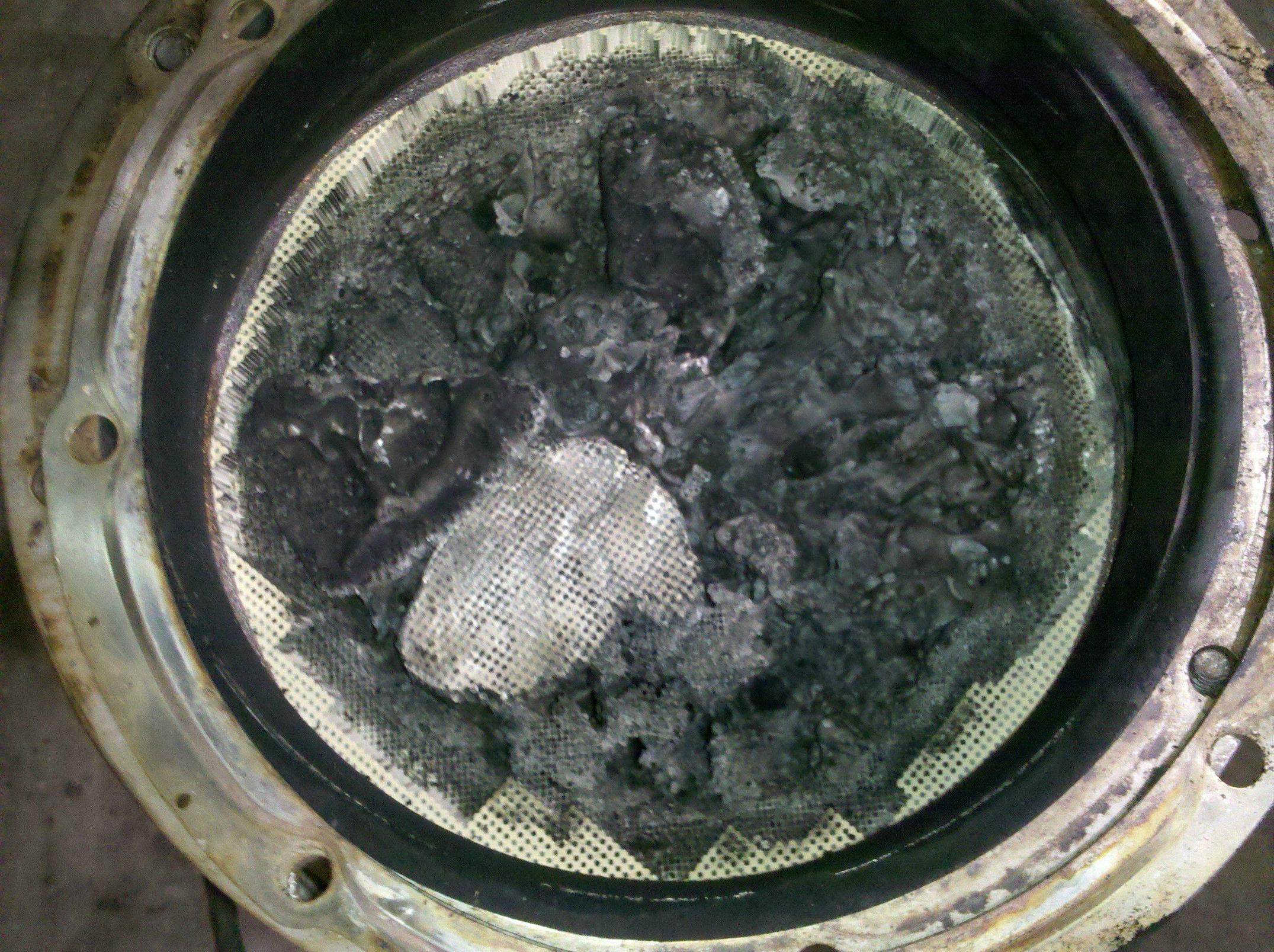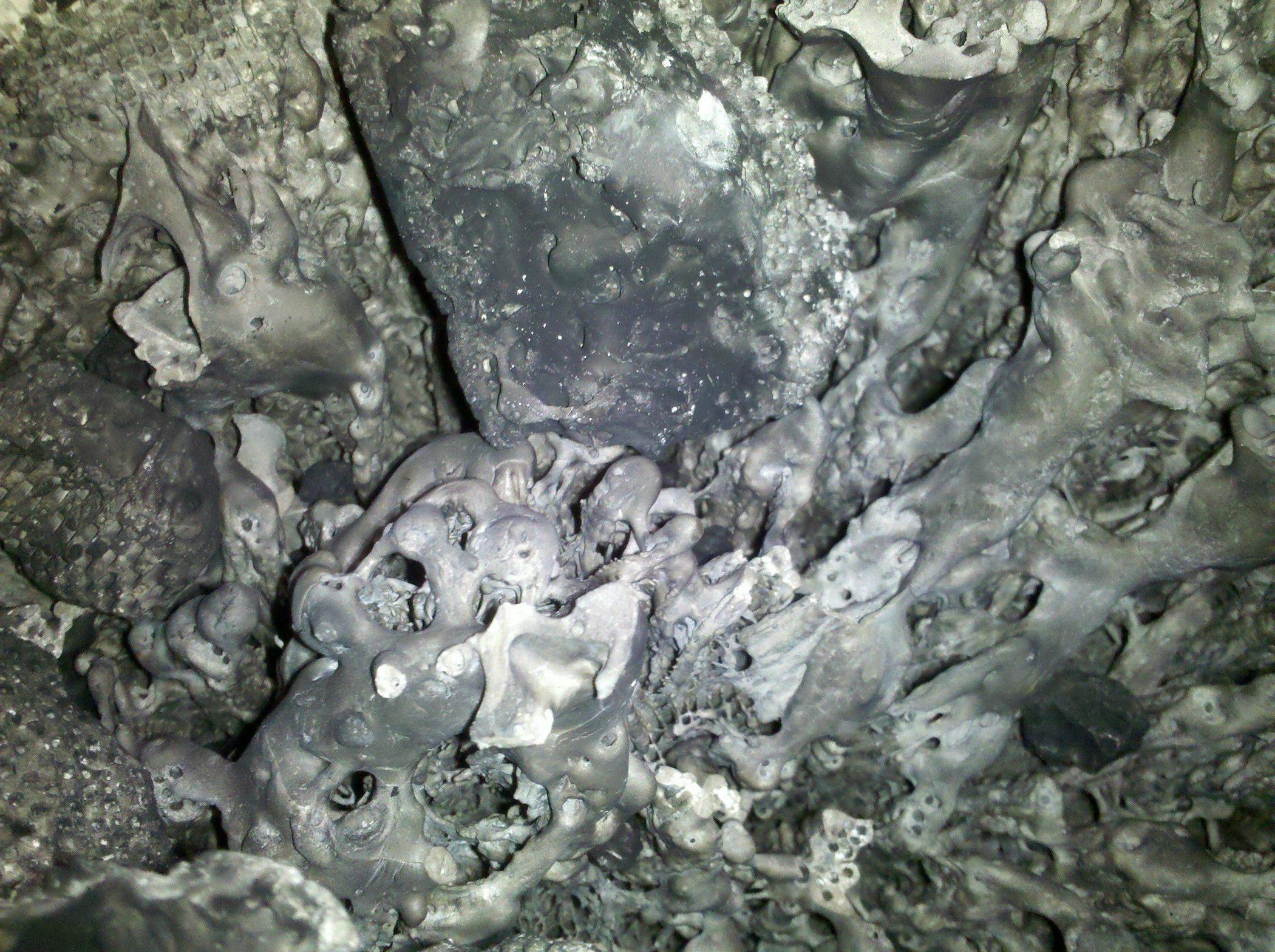What I'd look for if I was shopping for a Hino
Let me start by saying that I'm not a truck driver nor do I want to be, and I know little about spec-ing a truck. All I do is fix 'em, and make maintenance recommendations.
Of course, get service records. If they're unavailable, not all hope is lost, but I'd be wary.
Have the VIN run at a dealer, and look for open recalls. There's been lots of recalls, mostly to do with software reflashes. It's important to get these done, and it's free. They are especially important on any truck with a dpf, and even more so with dpf/scr trucks. The new software keeps the emissions stuff from fouling up far less than when they first hit the market. Especially on 11-14 vehicles with dpr/scr, the software updates vastly improve burner reliability, even with a driver that interrupts regens frequently (but improper operation still tops the list for reason of failure).
The dealer can also pull up warranty history.
The dealer can go into the computer(s) and retrieve several things, including 'system protection data'. This is important, because if it hasn't been reset recently, it can reveal abuse. It'll show how hot the engine got, how many times it's been overheated, how many idle hours, how many automatic and manual regens have been completed, Max engine rpm obtained, max vehicle speed, etc. It'll also show max fuel temp, which is sometimes useful in determining if a fuel pump is failing.
Engine inspection: If the truck has been overheated several times, sometimes the head gasket will start to seep coolant externally on the right rear corner of the engine. Get in there with a flashlight and look around. Putting a head gasket on one of these is pretty straightforward, but there's a ton of lines on it and it takes a while to assemble one correctly. Not something you'd want to rush. Also the oil coolers will leak coolant and oil externally. Pretty straightforward to fix this too, it's a matter of pulling the turbo and replacing three sealing rings and applying good RTV to the cooler sealing surface.
- 11-14 conventional trucks
If it's an 11-14 with a burner system, the dealer can also do a 'Burner Event Log', which will log the last thousand burner events. After plugging this in to a graphing macro, it will be converted into a sheet that will show stuff like a complete regen, aborted regen, lost flame event, burner misfire, successful manual regen, etc, etc. You'll be able to tell if the driver has been constantly interrupting regens, or if everything is running smoothly.
- Engine testing
An 'injection quantity test' can be performed which will reveal the health of the injectors. The truck is run at a fixed rpm for around 8 minutes and at idle for a minute while a list of parameters are being monitored. The data gathered can be graphed to show injection quantity and injector rpm delta. It'll also show individual cylinder correction values. All of this is considered to paint a picture of injector health.
You can ask for a monitored DPF regeneration to be performed. After the data is graphed, it will show temperatures in the dpf and air and fuel pressure at the burner nozzle. If something is clogged, it'll reveal it, and if there's a lost flame event, it'll show that, too.
To test injector health on these, a test called the 'scv test' can be done which is a bit more indirect, but a determination of injector health can be gleaned. It's comparing commanded and actual fuel rail pressure, and commanded and actual scv current. If rail pressure is ok and actual scv current follows commanded current, then everything in the injection pump is ok. If all that looks good but it has low injection quantity or unstable rpm, then the injectors are suspect.
One can also view a monitored regen. Temps before and after the DPF can be compared to show how well the system is working. This is where a properly adjusted exhaust brake comes into play.
If the truck you're considering is at a Hino dealership, then they should provide results of these tests for you, and one could argue that they should be free, or the sale contingent on these tests passing.
If you bring a potential truck in for analysis, then an agreement between buyer and seller should be put in writing before the sale is finalized. If the truck fails a test and the sale falls through, it's on the seller, or if everything passes then its on the buyer, for example.
Anyway, consider having these things done to a used truck before purchase. It may potentially save you a few headaches.


